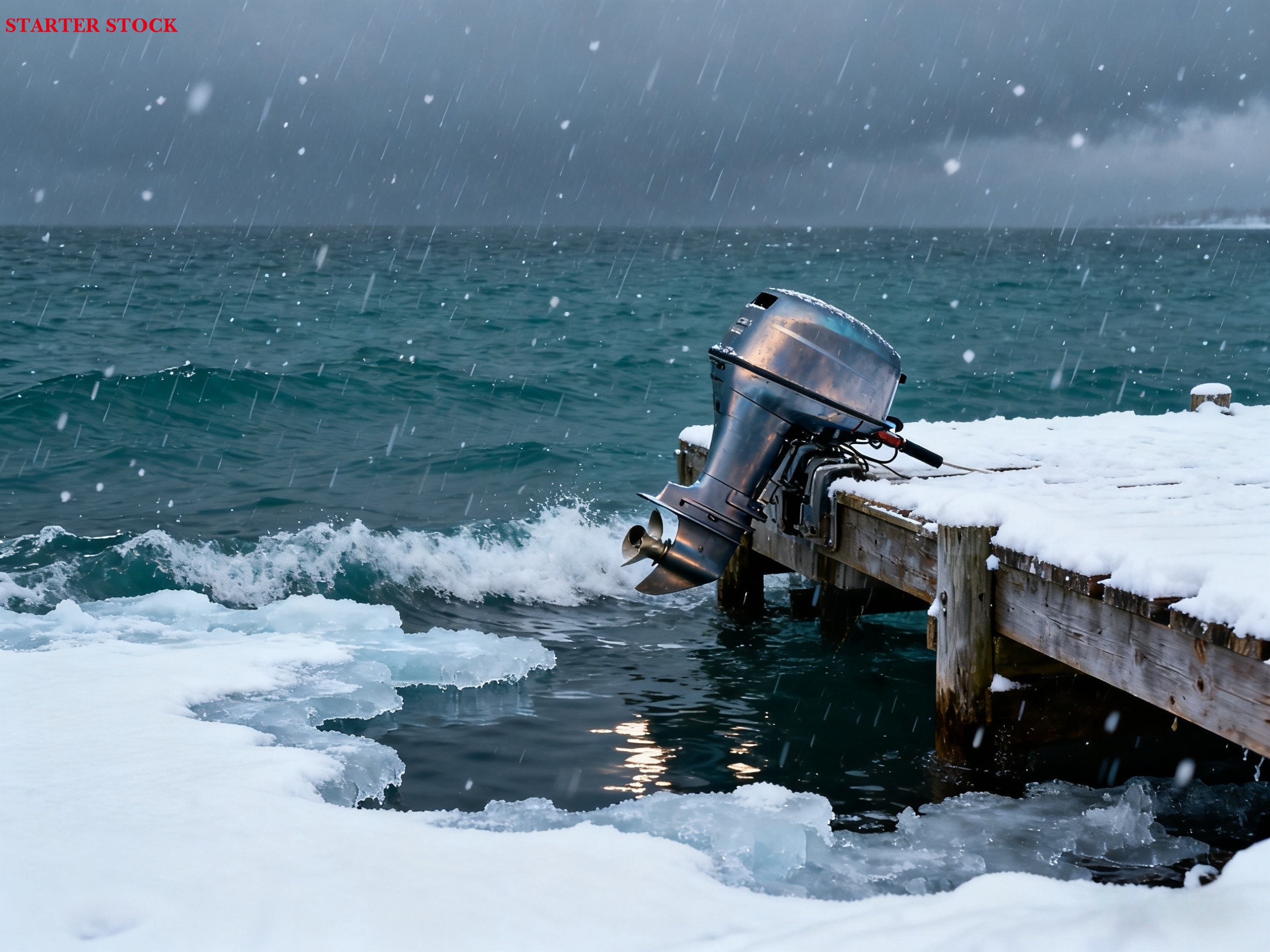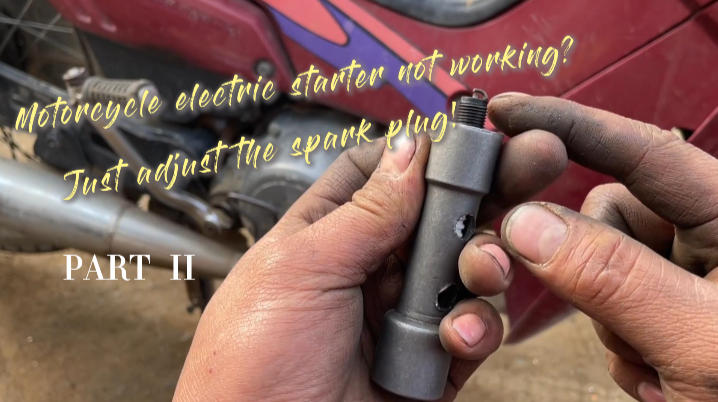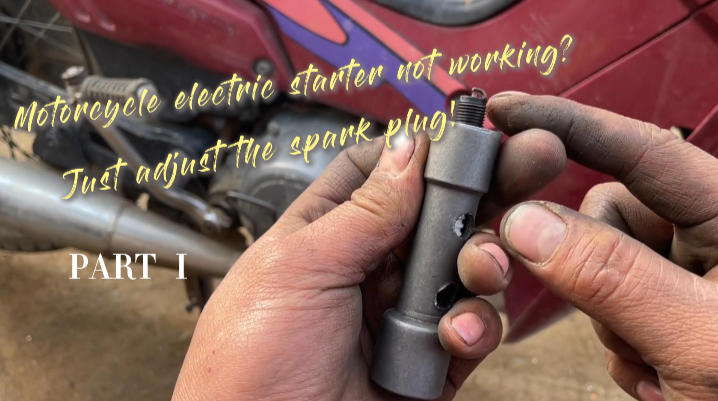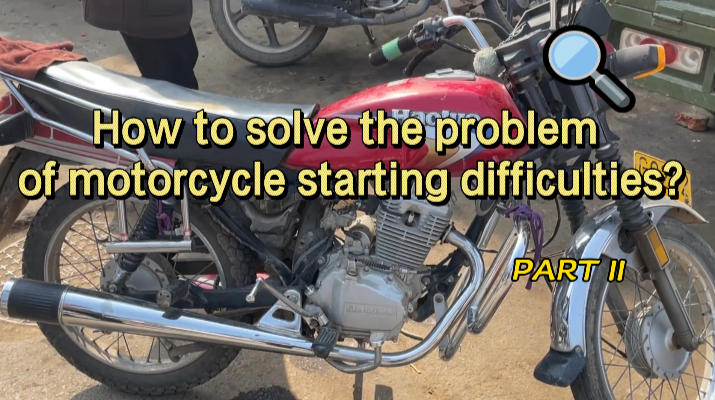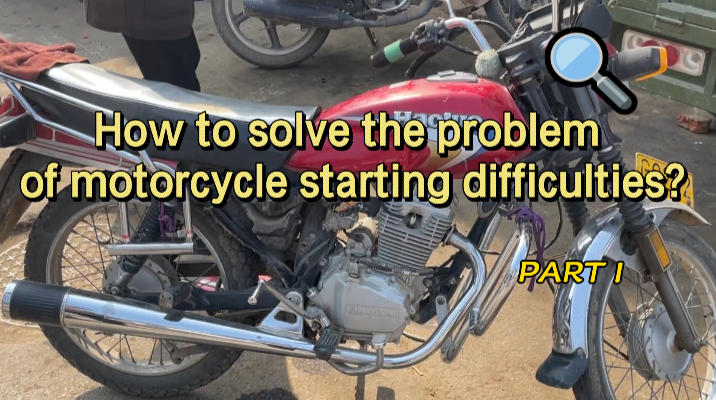How to Winterize an Outboard Motor
-
35
-
2025-09-05 14:03:34
How to Winterize an Outboard Motor
Winter hits, and everyone’s gearing up, right? People throw on padded coats to stay warm. Some animals hibernate to make it through the cold. Even the trees along the road get that white wash to keep bugs and frost away.
Your outboard motor? It’s no different. It needs winterization to last longer—simple as that.
Think about it: Snakes hibernate to get ready for winter. Your outboard needs that same “get ready” treatment. First thing? Drain all the water that’s built up. If you don’t, it’ll freeze inside and break stuff. Next, take care of the fuel system and change the oil. Do those, and come spring, your engine’ll fire up easy.
But here’s the thing—there’s one step people usually skip: engine spray maintenance. Do you even know why it matters? Or how to do it right? Let’s break down all these steps. That way, your engine isn’t just stored—it’s fully protected.
1.Corrosion and Rust Prevention
First, let’s tackle the engine’s insides—and outsides too. Grab some fresh water and flush ’em both down. You gotta get rid of that old wastewater, salt, all the gunk. Why? ’Cause if you leave that in there while it’s stored, it’ll rust the inside or clog up the cooling system. Total headache.
Next, yank out the spark plugs, injectors, or glow plugs—whichever yours has. Grab that rust-stopping stuff you keep for storage, pour about 30 milliliters into each cylinder through the hole where those plugs were. Then spin the engine all the way around once. That way, the sealant spreads evenly in every cylinder—keeps ’em sealed tight and stops rust from setting in. After that, just pop those plugs or injectors back in.
Oh, and don’t forget the lubrication! Hit every spot that needs oil: the propeller shaft, the mounts where the rotating shaft sits, the bearings, the couplings—all of ’em. Gotta keep those moving parts from seizing up.
Now for the outside. Take a look at the engine surface—any spots where that marine-grade anti-corrosion paint chipped off? Touch those up. Then grab some anti-corrosion spray and coat all the external metal parts. Wait, skip the anodes though—they don’t need it. That spray’ll keep the outside from rusting too.
2.Drain the Engine
First off, drain all the water out of the engine—can’t have it freezing or rusting things up. Your engine’s got a drain plug, usually at the lowest part of the cooling system. Just yank that open and let all the water run out.
While you’re at it, check the water pump and its case. Then rinse the whole engine system with fresh water—gets rid of leftover salt, dirt, or gunk. After rinsing, pop that drain plug open again to let all the water out once more.
Oh, and change the engine oil too! Fresh oil keeps rust from setting in way better.
3.Frost Protection
Let’s talk keeping frost away. If your boat’s still in use when it’s cold, drain all the external engine coolant once you dock. For closed-loop cooling systems? You don’t need to drain the internal antifreeze, but pick the right grade for the temperature—otherwise, it’ll mess up the cylinder blocks and water passages.
And hey, if your outboard’s vertical, it drains automatically. So once the boat’s on land, lower the engine to stand straight up. Or slap a waterproof cover on it—keeps rain and snow from getting in, freezing, and breaking the engine or gearbox.
4.Maintaining Fuel System Stability
Fuel stabilizer? Total game-changer for winter. It’s the cheapest, easiest way to keep your fuel system in good shape.
Pour some into the fuel tank—stops the fuel from going bad and protects the engine while it’s stored. After you use the engine for the last time, add the stabilizer in the right ratio: one 355ml bottle works for about 227 liters of fuel. Make sure it mixes all the way into the fuel.
Then let the engine run for 10 minutes or so. That way, the stabilizer gets into every part of the fuel system—no leftover untreated gas to cause rust or gunk buildup.
Fill the tank all the way up too—cuts down on the air above the fuel. Check the fuel lines and connections for leaks or wear. Swap out any parts that are beat up—keeps everything sealed tight so your fuel system’s ready to go next sailing season.
5.Replace Engine and Gearbox Oil
Once the fuel system’s good to go, focus on swapping out the engine and gearbox oil.
First step: Warm up the engine a little. Thins the oil out so it drains easier. Find the oil tank, pull out the dipstick tube. Be careful draining the old oil—put it in a proper container to get rid of later.
Second, change the engine oil. Pour new oil into the tank, but watch the level—don’t go over the limit. Use the dipstick to check and make sure it’s at the right spot.
Third, find the oil drain plug at the bottom of the engine’s lower unit. Yank that out to drain all the old gear oil. Once it’s empty, fill the gearbox with new gear lubricant—keep going till it reaches the fill hole.
6.Spray the Engine
Start by warming up the engine—opens up the tiny pores in the metal. Once it’s warm, take out the spark plugs and spray atomized oil right into each cylinder. Go ahead and spray a little extra—make sure every nook gets covered.
After spraying the cylinders, pop the spark plugs back in temporarily. Crank the engine a few times (don’t actually start it!)—helps spread the atomized oil evenly on the engine’s inner surfaces.
Then you do need to start the engine and let it run. While it’s going, spray atomized oil into the intake port—keep going till the engine shuts off. That way, every internal part of the marine engine gets a protective coating.
7.Machine Malfunction Inspection
Let’s go over the key parts that wear out or get old—things like mid-range bellows, anti-wave valves, pump impellers, and drive belts. If any of these look off, replace ’em before next year’s use. Trust me, ignoring small issues leads to big problems. Like, a busted bellows? Could sink the whole boat overnight.
8.Protecting Electrical Components
For the battery: When the boat’s docked, take the battery out if you can. Store it in a cool, dry spot. Keep it in good shape with trickle charging—at least 2 hours each time. If you don’t, leaving it sitting too long will kill it early.
And while it’s stored, work the throttle controller every few weeks. Keeps the mechanical parts from seizing up so they still work when you need ’em.
If you have any thoughts on winterizing outboard motors, feel free to leave a comment below and let's discuss it together.
-
Oil Pump JR-B18-1 16700-K20-903 For Z00MER

-
Oil Pump JR-B18 16700-KVG-41 For AIR BLADE
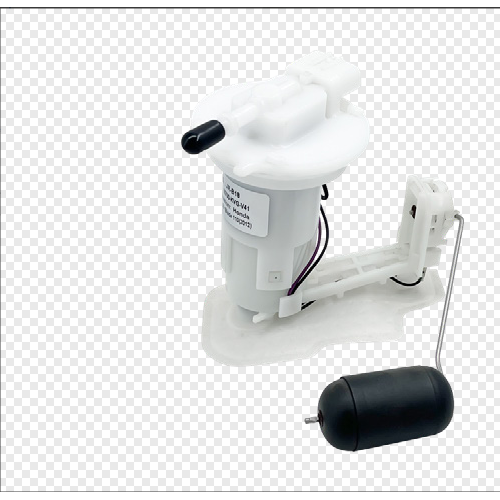
-
Oil Pump JR-B113 16700-HR3-A21 For Fou rTrax Rancher
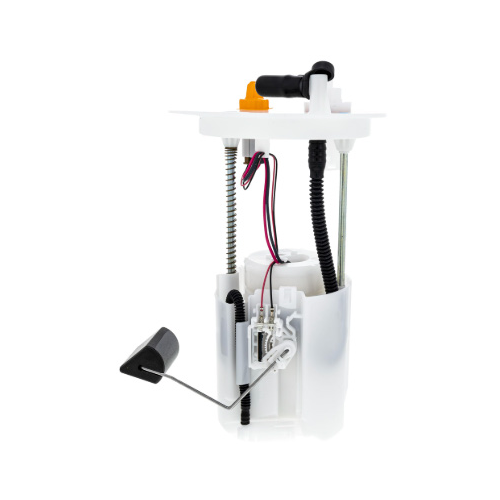
-
Oil Pump JR-B112-1 275500734 For GT1 130/155 2011-2012
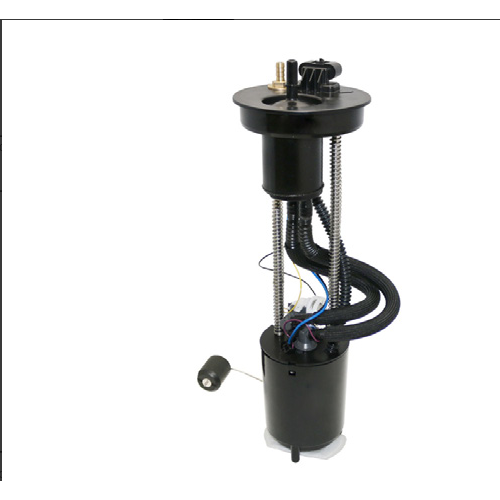
-
Oil Pump JR-B112 47-1027 For MAVERICKX
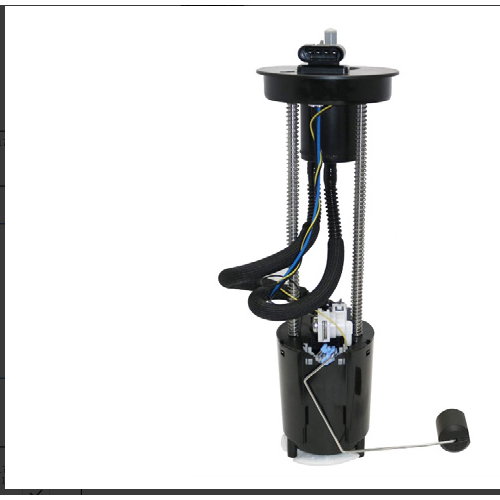
-
Oil Pump JR-B110 47-1050 For OUTLANDER
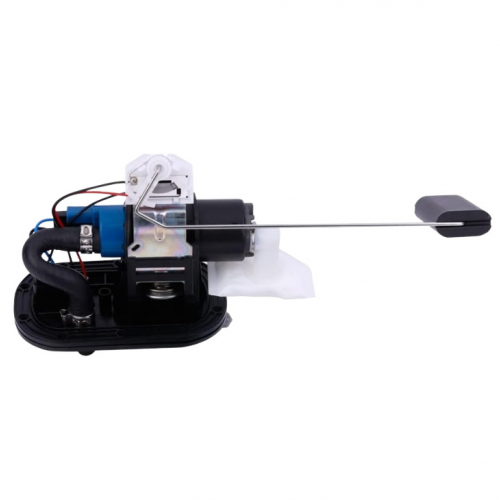
-
Oil Pump JR-B109 709000758 For OUTLANDER
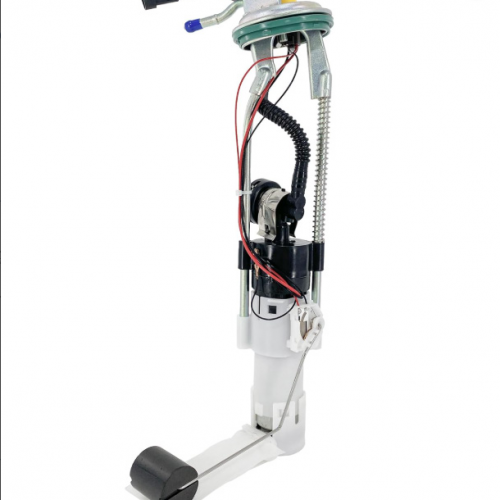
-
Oil Pump JR-B108-1 2204308 For SPORTSMAN
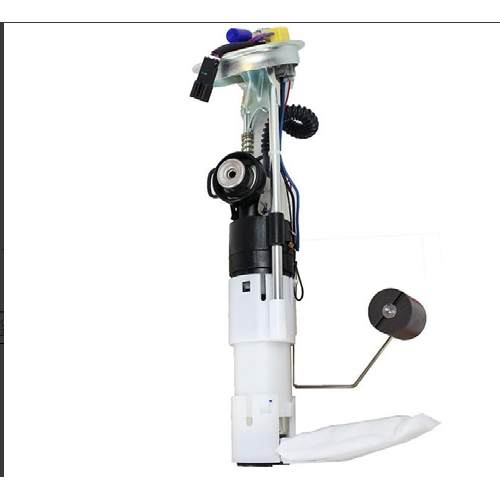
-
Oil Pump JR-B108 47-1014 For SPORTSMAN
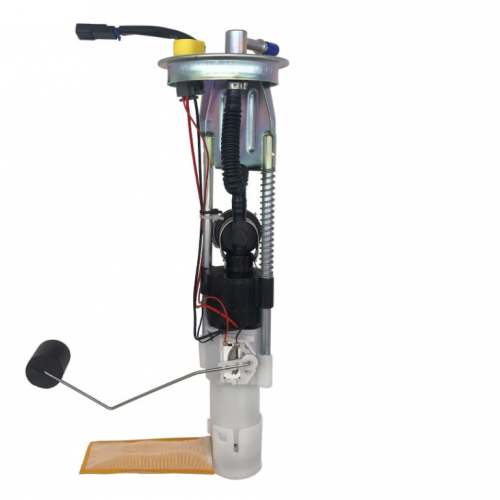
-
Oil Pump JR-B98-1 47-1012 For RANGER



